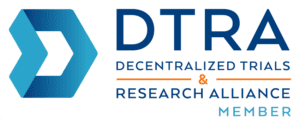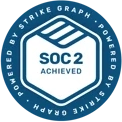What Makes a Good Site CTMS?
[by: Rick Greenfield]

Principle #1: Staff Adoption is Key. Adoption of an information system within an organization is one of the biggest challenges; therefore, make sure that your staff is a part of the vetting process and let them play a major role in deciding which system to implement. The biggest challenge to implementing a new information system is getting staff buy-in so that they will invest the time and resources into implementing the CTMS into their daily tasks. If they do not want to implement a system because they don’t agree with the system chosen, then you have likely failed before you even get started. There are hundreds of sites around the world paying for a CTMS that is either not being used or completely underutilized.
Principle #2: Know what makes software POWERFUL. Don’t let phrases like “ours is the most powerful” or “our system does more” put undue influence on what “powerful” and “more” should really mean. “Power” is combination of capability and usability. Just because a program can perform and theoretically do more, doesn’t mean that users will readily access and use those functions unless they are integrated into the interface in an intuitive fashion. It is best to evaluate what functionalities the software has that will truly be a benefit to your organization and productivity.
Principle #3: Know what user-friendly and intuitive really mean. If you can’t figure out how to use a program with little to no training, then it is not user-friendly. Of course, every system may have some higher-level complex functions on the back-end that require specific training, but on the front end, users should be able to click around and find what they are looking for. Further, the functions within the CTMS should enhance user-performance, not detract from it. An information system should not just be a data-entry tool, but also a tracking, workflow enhancing, information-providing system. The best test… play around in demo-versions of CTMS software and see which one is easier to “figure out”. If you can figure it out, then so will your staff.
Principle #4: Market share is not a fair evaluative criteria in this market. Many site stakeholders simply choose a system that most of the other sites are using. But many of the CTMS systems that older sites are using have been around for a very long time and those CTMS vendors enjoyed an era where there was little or no competition. In other words, older sites didn’t have a choice… but you do! There are new systems on the market that incorporate the latest software principles and technology that make them fast, user-friendly and powerful. This is your chance to stay ahead of the competition!
Principle #5: Make sure you are not LOCKING yourself into a system. All CTMS vendors require a contract, but many of the CTMS vendors hold their customers “hostage” in their system. When their customers want to switch, they will not provide a copy of the data to their customer in a timely fashion or at all so that they can move to another system. Make sure that the vendor that you select will provide you with a copy of your data upon request with no questions asked. Make sure that there is a clause in your license agreement that speaks to this.
With the above basic principles in mind, you will be well on your way to finding the best CTMS for your site! Call RealTime-CTMS to see one of the newest and most user-friendly CTMS systems on the market.
RealTime-CTMS
RealTime-TEXT
RealTime-PAY
(210) 852-4310







